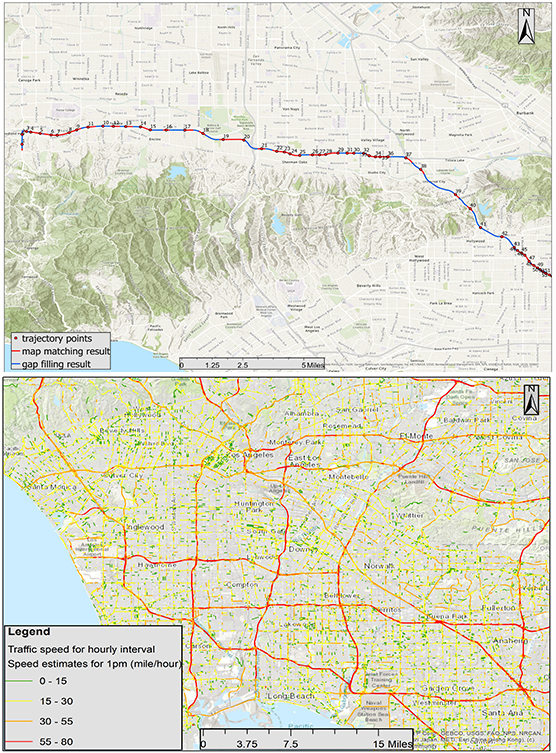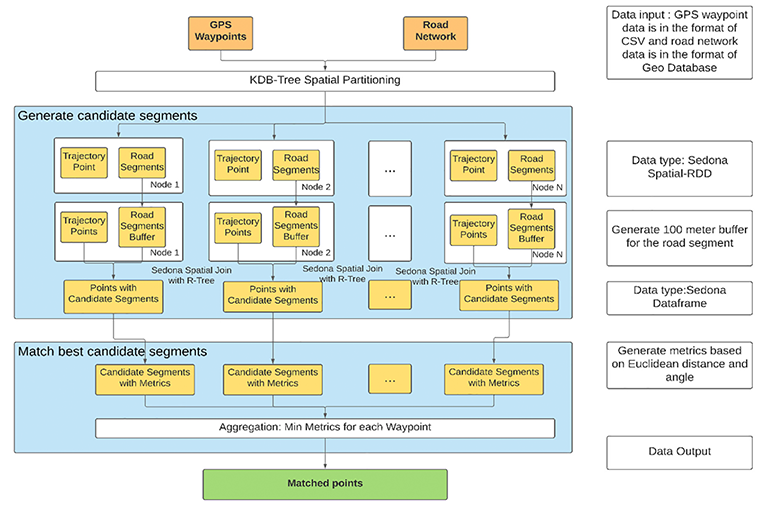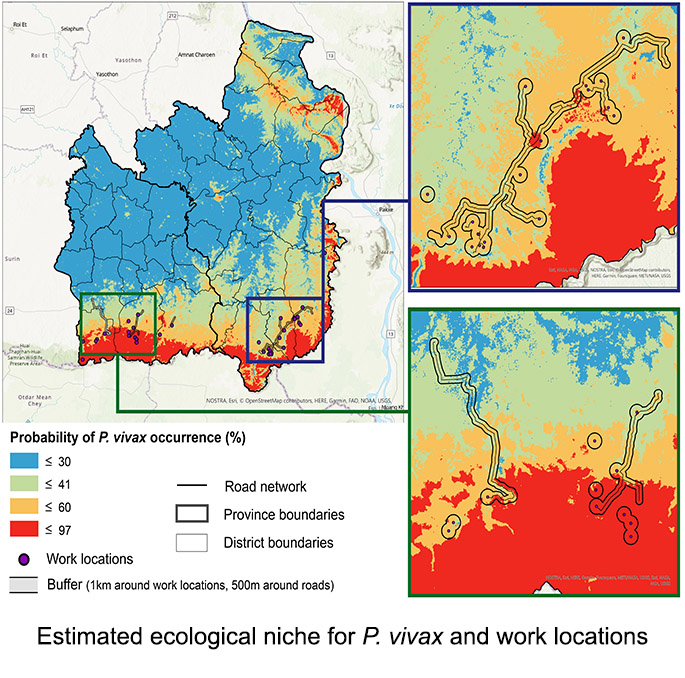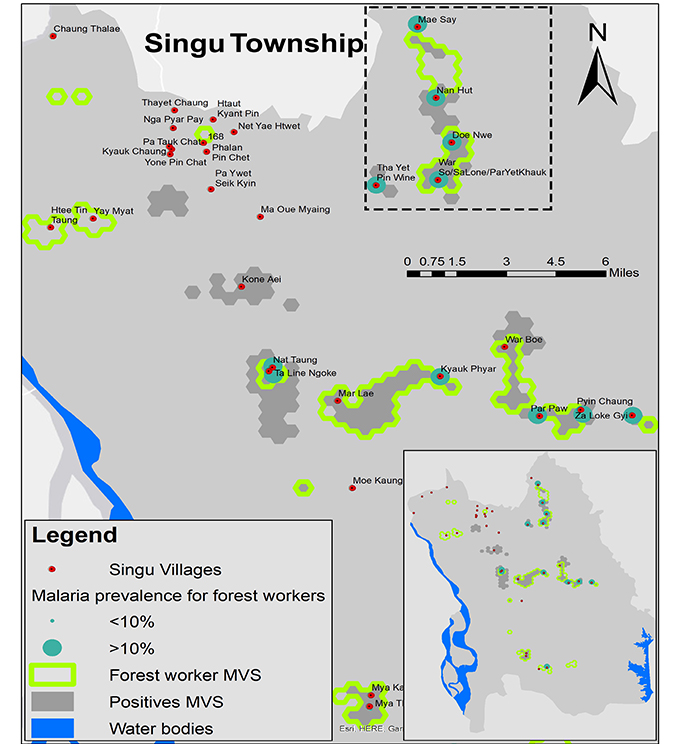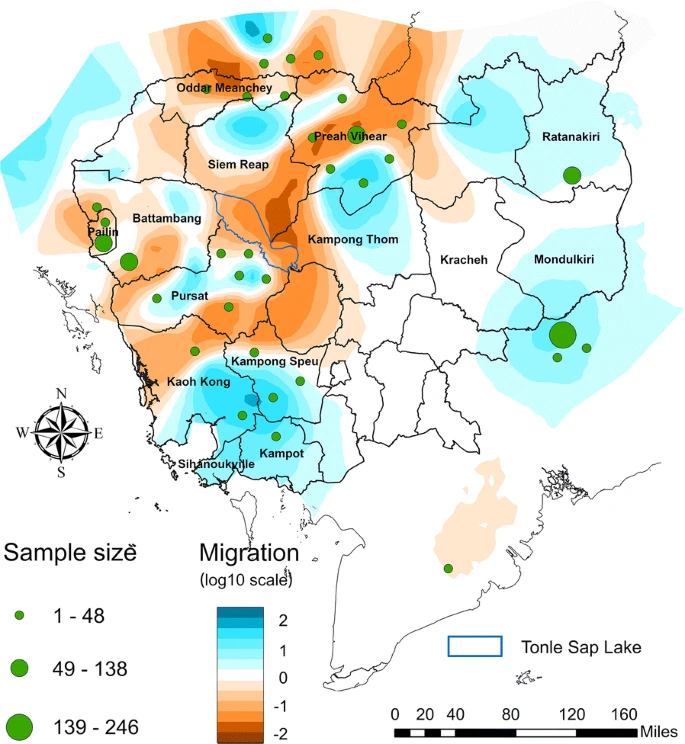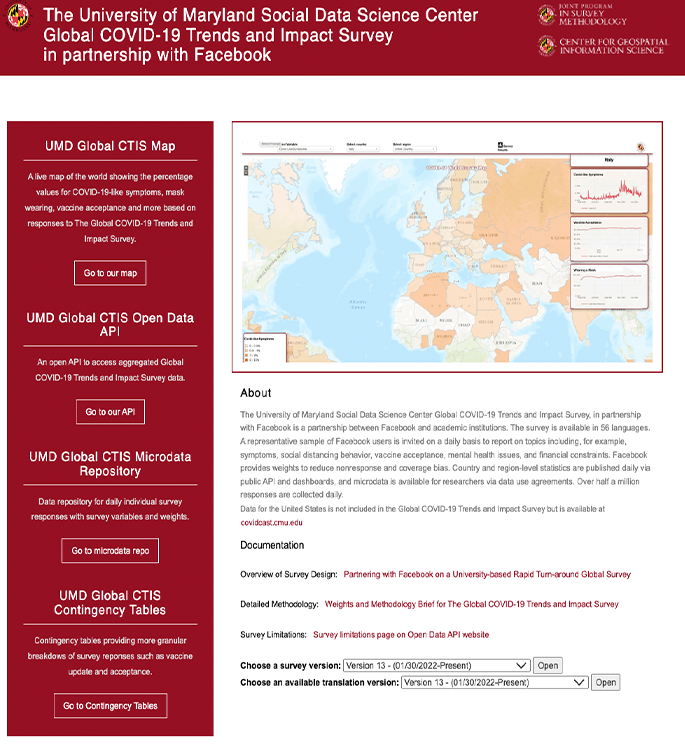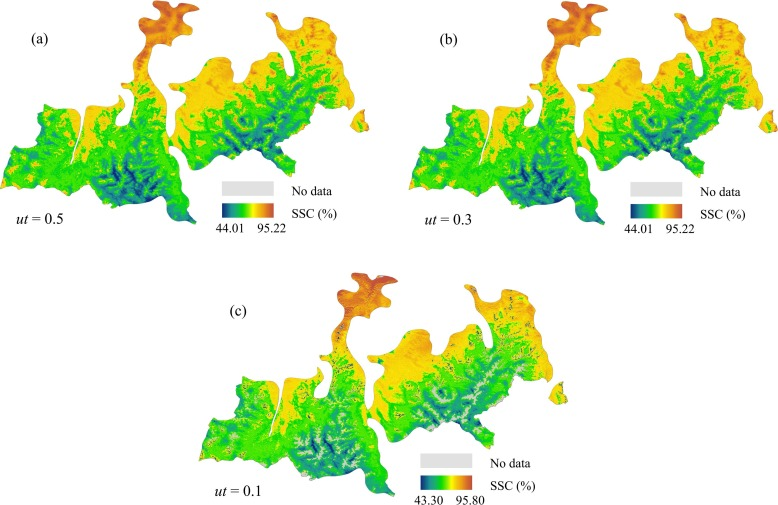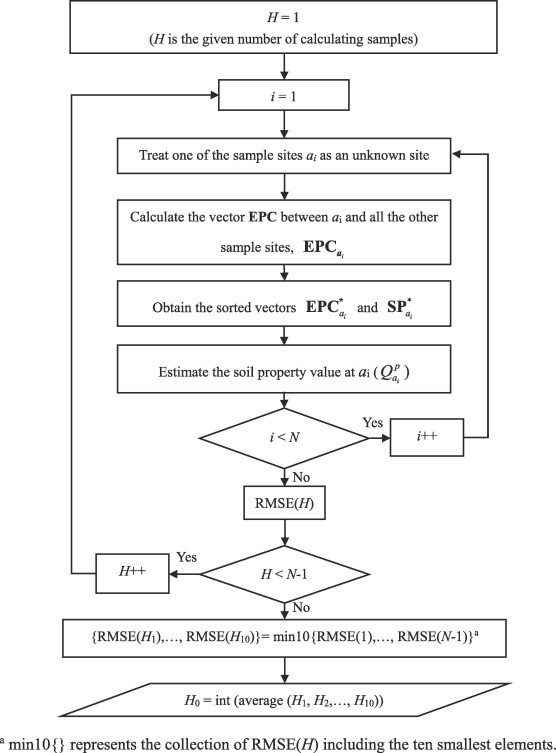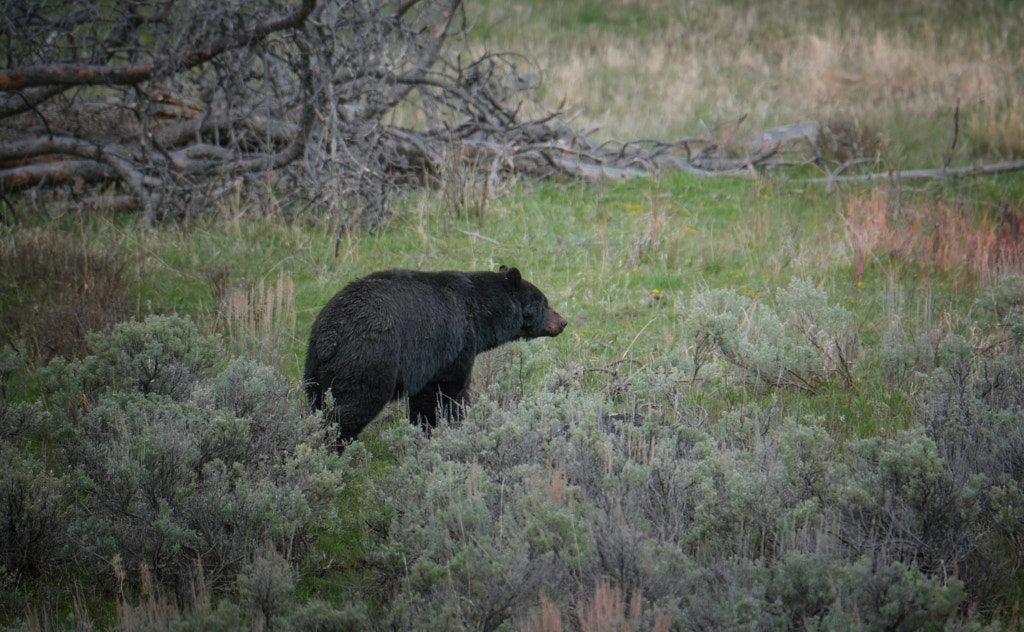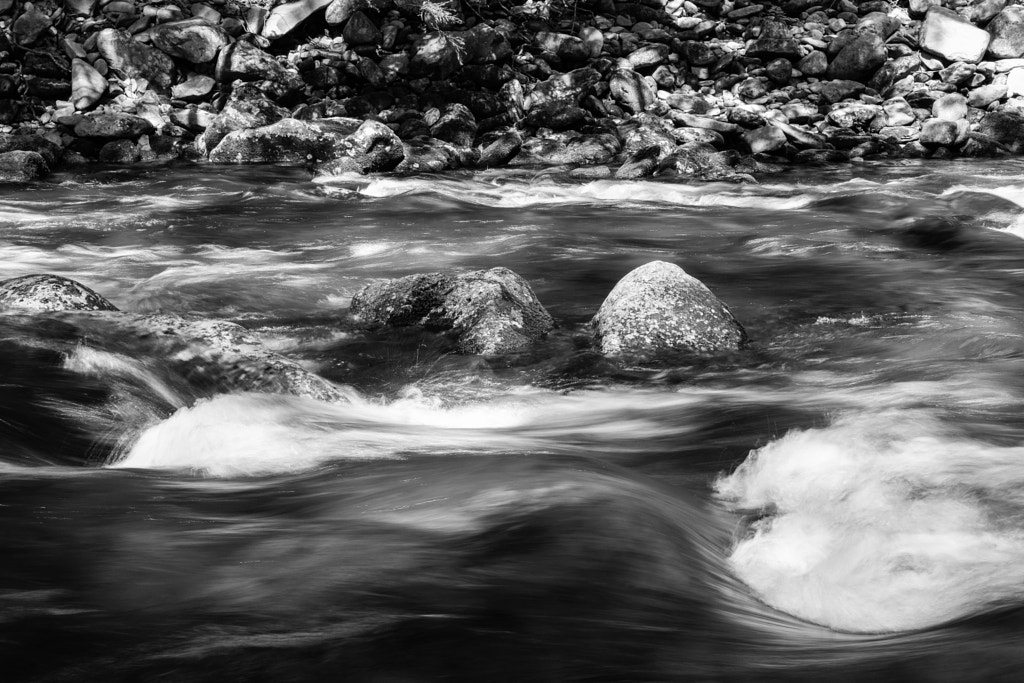Data Engineering, API development and
visualization for CTIS
I served as the main developer in Data Engineering
and Visualization & API development for the project "The University of
Maryland Social Data Science Center Global COVID-19 Trends and Impact
Survey, in partnership with Facebook is a partnership between Facebook
and academic institutions" (CTIS). The survey is available in 56
languages. A representative sample of Facebook users is invited on a
daily basis to report on topics including, for example, symptoms, social
distancing behavior, vaccine acceptance, mental health issues, and
financial constraints.
Related publications:
1.
Junchuan Fan, Yao Li , Kathleen Stewart, Anil R. Kommareddy,
Adrianne Bradford, and Samantha Chiu. "Covid-19 world symptom survey
data api." (2020).
2. Kreuter, Frauke, Neta Barkay,
Alyssa Bilinski, Adrianne Bradford, Samantha Chiu, Roee Eliat, Junchuan
Fan, Tal Galili, Daniel Haimovich, Brian Kim, Sarah LaRocca, Yao Li
, Katherine Morris, Stanley Presser, Tal Sarig, Joshua A Salomon,
Kathleen Stewart, Elizabeth A Stuart, Ryan Tibshirani. "Partnering with
a global platform to inform research and public policy making." In
Survey Research Methods , vol. 14, no. 2, pp. 159-163. 2020.



